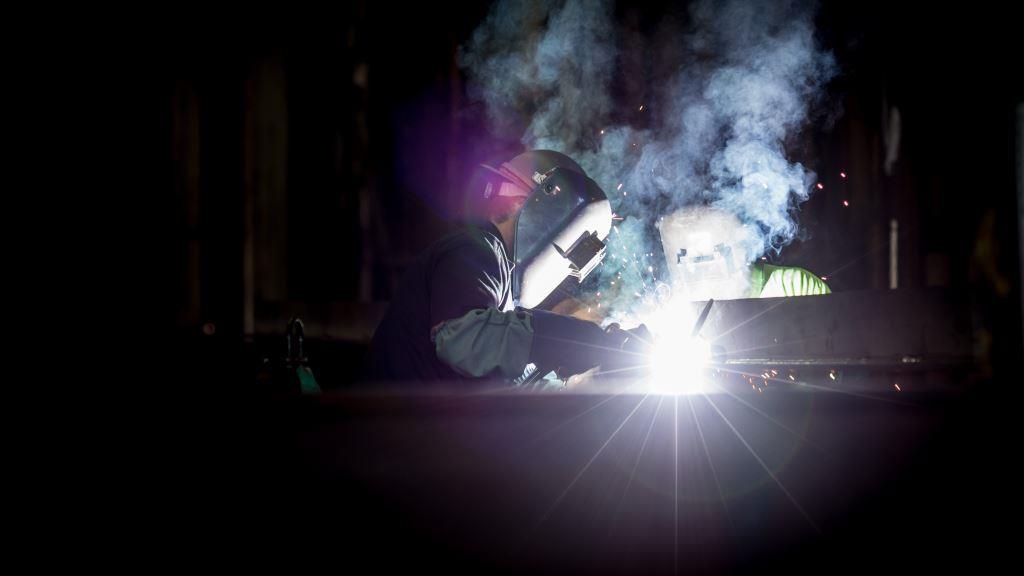Dr. Maryam Mirhadi, PMP, PSP
Shiftwork is defined as working other than daytime hours. Shiftwork is the most commonly utilized alternative to overtime. Despite its potential benefits in accelerating a construction schedule, shiftwork is considered among the factors with adverse effects on labor productivity in construction.
Some of the key issues with shiftwork include its adverse effect on circadian rhythms, dilution of supervision, challenges in exchanging performance information among individuals who work in different shifts, the adverse effects of shiftwork on social interactions, and higher work setup times. A number of studies address the adverse effects of shiftwork on productivity. Some of the key studies include the Bureau of Labor Statistics, the Business Roundtable, NECA 1969 study, the Construction Industry Institute (CII), and the works of Hanna et al. (2008 and 2009). The American Association for Cost Engineering (AACE) has identified some of the recommended specialized studies that can be used to evaluate the adverse effects of shiftwork on productivity (AACE, 2004).
Despite these negative effects, construction contractors use shiftwork as a way to accelerate construction schedules. But the question is what strategies are effective in minimizing the adverse effects of shiftwork on construction work. Some of these strategies include the following:
1- Refrain from shiftwork for those who are more susceptible to health problems: Construction contractors should refrain from scheduling shiftwork for those employees who are susceptible to health problems. Workers older than 50 years or pregnant women are examples of these individuals.
2- Use rapid rotations: Instead of weekly or monthly cycles, construction contractors are encouraged to consider rapid rotations in scheduling shiftwork. The use of rapid rotations in scheduling shiftwork is recommended because rapid rotations do not significantly disrupt sleep patterns of those individuals who work on a shiftwork basis. Three examples of rapid rotation shiftwork systems are shown in the following tables (Kodak, 1986):
3- Overlap consecutive shifts in part: By providing some overlap between consecutive shifts, construction contractors can overcome the challenges in exchanging performance information among individuals who work in consecutive shifts. That way, the arriving crews become aware of what has been performed by the previous crews. To achieve this objective, construction contractors can ask the foreman of the first shift to stay one or two hours longer or the foreman of the arriving crews to arrive earlier to the extent practically needed for coordination purposes.
4- Assign independent tasks to consecutive shifts: Different shift-working teams tend to work with the same set of tools, machinery, and equipment; therefore, work setup times are typically higher when multiple teams (instead of one team) use the same set of tools, machinery, and equipment. In addition, extra time is needed in shiftwork for the process of hand-over and transition from one shift to another if the work of consecutive shift are dependent. To overcome these challenges, construction contractors can assign tasks that are totally independent from the tasks performed by the previous shift to minimize the interdependency of shifts and reduce the materials and tools that are commonly used by two consecutive shifts.
5- Properly select the work assigned to a second shift: Construction contractors should assign to shiftwork only tasks that are on the project critical path or those work elements that are justified to be accelerated. Proper selection of work assigned to a second shift also includes assigning tasks that are less demanding from the supervision or engineering support perspectives to ensure progress can be made without waiting for supervision or engineering support that may not be readily available during shiftwork periods.
6- Make proper work environment accommodations: Since shiftwork is performed in hours other than daytime hours, work environment considerations need to be identified. Examples include natural lighting vs. artificial lighting and additional demands for air conditioning. Studies have shown that safety is significantly improved by providing an adequate amount of artificial lighting. Moreover, working in places in which work environmental considerations have been taken into account help employees work in a more efficient and effective manner.
In sum, despite the negative effects of shiftwork, construction contractors use shiftwork as a way to accelerate construction schedules. Nevertheless, construction contractors are recommended to use effective strategies to minimize the adverse effects of shiftwork on construction work. Examples of these strategies include refraining from shiftwork for those who are more susceptible to health problems, using rapid rotations, overlapping consecutive shifts in part, assigning independent tasks to consecutive shifts, properly selecting the work assigned to a second shift, and making proper work environment accommodations.
References:
AACE International (2004), Recommended Practice 25R-03 Estimating Lost Labor Productivity in Construction Claims, AACE International, Morgantown, WV. Can be retrieved from https://web.aacei.org/docs/default-source/toc/toc_25r-03.pdf?sfvrsn=4
Kodak, E. (1986). Ergonomic design for people at work. Volume, 2, 20-30.
Hanna, A. S., Chang, C. K., Sullivan, K. T., & Lackney, J. A. (2008). Impact of shift work on labor productivity for labor-intensive contractor. Journal of construction engineering and management, 134(3), 197-204. Can be retrieved from https://goo.gl/CPR9wm
Hanna, A. S., & Haddad, G. (2009). Overtime and productivity in electrical construction. In Construction Research Congress 2009: Building a Sustainable Future (pp. 171-180). Can be retrieved from https://ascelibrary.org/doi/abs/10.1061/41020(339)18
To learn more about the adverse effects of shiftwork on labor productivity, please read this article.
If you’d like to learn more about Adroit’s construction management services, call 1.352.327.8029 or contact us using this form.
Our posts to the Insights page share fresh insights and seasoned advice about many project and construction management topics. To have the Insights monthly newsletter delivered automatically to your email inbox, please subscribe here.


